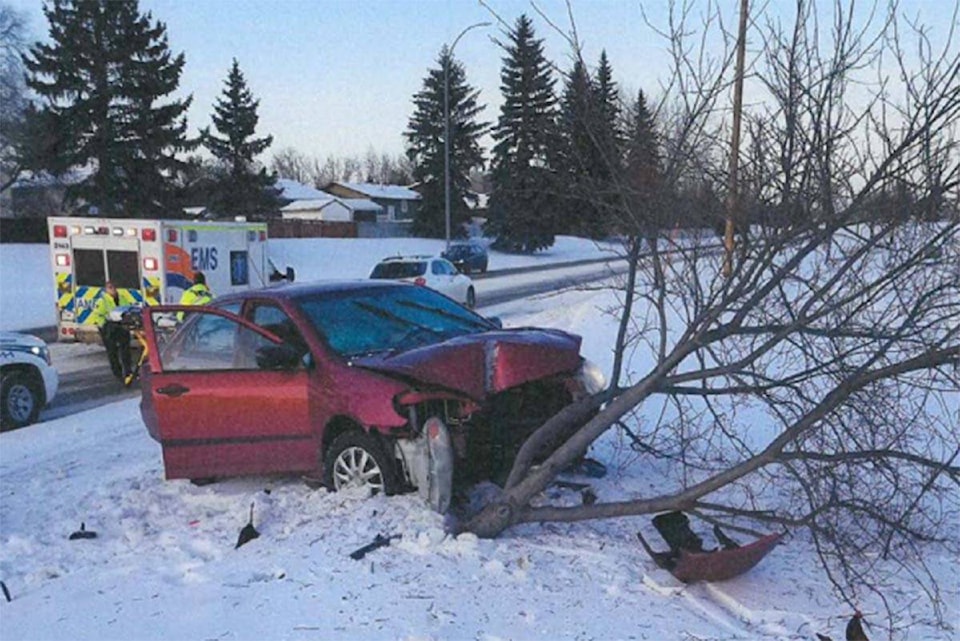Photo radar could return to Lacombe, four years after council dumped it amid criticism it was an ineffective cash cow.
Lacombe Police Service Lorne Blumhagen told council on Monday he was concerned about the numbers of collisions and speeding vehicles at several key intersections, adding that speeding is the top cause of collisions.
Blumhagen proposed setting up three photo radar and red light cameras at three intersections: on 50th Avenue and Woodlands Drive, Highway 2A and 50th Avenue and Highway 2A at Woodlands Drive.
“Using this technology we would have the ability to reduce our collisions by up to 48 per cent — which is significant,” said Blumhagen.
Lacombe police statistics show collisions are on the rise: 210 in 2016, 222 in 2017 and 236 in 2018.
Also of concern is the number of lead-footed drivers in town.
At Woodlands Drive and Highway 2A — the worst location checked — 956 drivers were clocked going over 60 km/h through a 50 km/h over in 22 hours ending at noon May 25. In the other direction, 823 drivers were speeding.
Police proposing setting the cameras up to nail only those speeders going 15 km/h or more over the speed limit. This “tolerance” is designed to balance public safety with the perception by some that photo radar is adopted as a money maker for communities.
“We don’t want the perception this is also some sort of money grab,” Blumhagen told council.
It is important that the public recognizes the cameras would be installed in the interests of public safety ” and that we are doing it in a responsible manner and that it is safety-based.”
Unlike photo radar vehicles, which are constantly moved around the city, the proposed cameras would be at set intersections and warning signs posted to warn drivers they are being monitored.
“We’re not trying to hide behind bushes or be covert about this. It would very up front. The community would know where the locations were.”
Red light running is another problem that could be tackled by the cameras. The prevalence of the problem is the estimate of 1,980 red light violations monthly at the intersection of Highway 2A and 50th Avenue. Using discretion to pick out the most blatant offences, about 613 violation notices would be expected to be sent out to drivers.
A potential life-saving feature of the cameras is a hold-the-red option, which allows the cameras to prevent a red light from changing to green if a vehicle or cyclist is detected in the intersection and could be hit.
“To me, that is impressive that we have technology that can’t only detect violators but hopefully prevent any actions of drivers that may put them in harm’s way,” he said.
Coun. Thalia Hibbs asked if the cameras could be used as a one-year trial and then reassessed.
“I just think that is a very important consideration,” said Hibbs. “I think this is a bit of a hot topic in this community.”
Blumhagen said the duration of the contract would be part of the request for proposals if council approves the cameras.
Hibbs and other councillors said they wanted to see data from other central Alberta communities already using the cameras to see how effective they were before making a decision.
Council voted to ask administration to review the proposal and bring back a recommendation, backed up with additional information on the effectiveness of the cameras.
pcowley@reddeeradvocate.com
Like us on Facebook and follow us on Twitter
